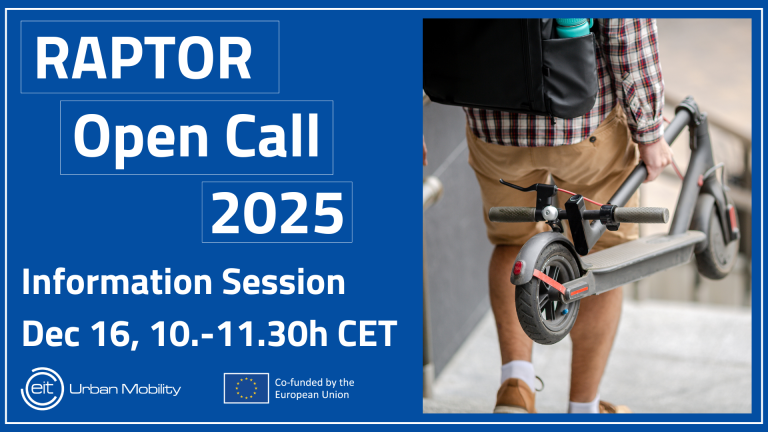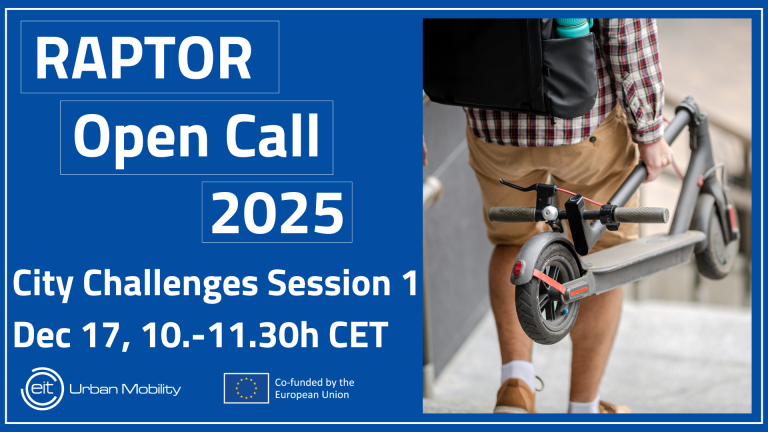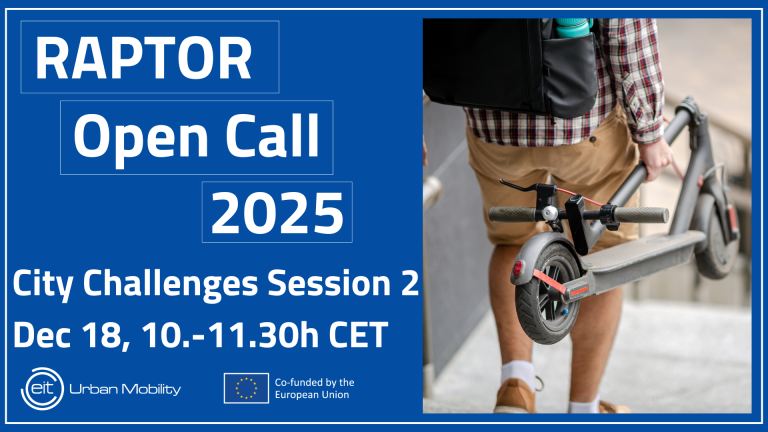Riga – Promoting Micro-Mobility
Challenge
The City of Riga city set itself a goal to reduce the CO2 pollution by 22% by the year 2027. Described in the city’s development strategy 2021 – 2027 the goal includes the introduction of a Low Emission Zone.
There is significant opportunity within the area of urban mobility in Riga as it stands currently, to contribute to the climate goals of both the European Union and the city.
Many Riga residents continue to rely on private cars for daily commutes. Consequently, there is considerable congestion and pressure on the existing road transport infrastructure. Additionally, it creates noise and air pollution, decreases the safety for vulnerable street users and affects the overall liveability of the inner city due to unbalanced space distribution.
Therefore, it is necessary to consider alternative transportation options and create a modal shift. Considering the limited street space in the city centre and especially on Barona Street, the aim is to increase the use of micro mobility solutions on Barona Street. Currently the modal split for micro mobility is relatively low, with space and safety challenges acting as barriers to uptake.
The Barona Street area needs improvement to existing infrastructure, therefore dedicated and safe lanes for micro mobility, as well as storage facilities along the streets, specifically the squares bordering Barona Street.
CURRENT SITUATION
The solution should meet at least one of the following objectives:
- Data driven tools that provide smart solutions for an expansion of the micro mobility infrastructure (lanes and storage)
- Solutions for safer micro mobility infrastructure
- Safe, green, and user-friendly storage solutions for micro mobility vehicles
- Creation of a citizen friendly environment by providing more convenient micro mobility solutions
The solution should target at least one of the following impacts:
- Decreased motorised vehicle traffic
- Decreased air and noise pollution
- Safer conditions for micro mobility usage
- Increased use of micro mobility for daily commuting
- Increased liveability in the area
- Better space utilisation
Solution
Novality’s solar panel electricity powered parking facility fitted with private lockers containing space for helmets and private belongings, charging plug and app to always check the locker availability. The use of space was optimised by having lockers with the bike’s handlebars intercalated at two heights storing 10 bicycles or scooters in just 5x2m. Novality can provide city authorities with data-driven tools to design the expansion of parking stations according to micro-mobility flows and can also be part of a common public transport network with the same tariff and ticketing policy.
Results
•QRs have been used to obtain users and potential users´ feedback. 79 were downloaded.
•App downloads: 62
•Registered users: 27
•Used lockers in average: 4.1
•Service complaints: 0





